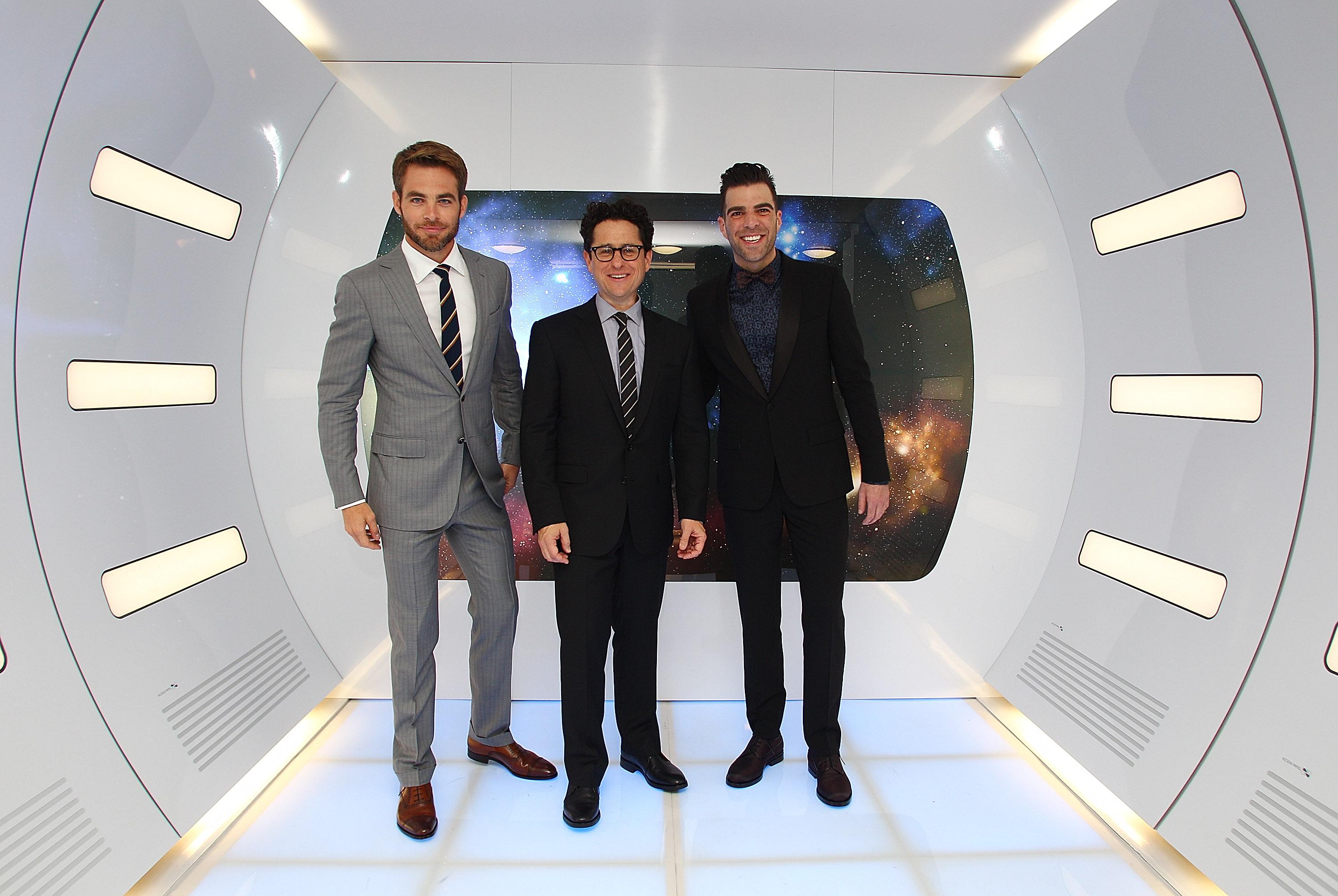This question originally appeared on Quora.
Answer by Frank Heile, physicist, software engineer:
It is very safe to say that teleportation is NOT possible in our universe. To see why, let’s assume a human being weights 70 kg. That would mean that there are at least 3x1027 atoms in the average human body (see 70 kg of carbon in atoms).
With that one number, let’s consider each of the possible proposed teleportation technologies:
Quantum Teleportation: The physicists or science writers who use the term “teleportation” for this quantum effect are trying for a sensational title to tout their work and to attract attention. This quantum kind of teleportation is not really anything at all like the teleportation in Star Trek. This is transferring the quantum state of one single particle to another single particle some distance away. The neat thing is that you can do this quantum “teleportation” even if you do not know the quantum state of the original particle. But even if this worked perfectly, you would need to apply this 3x1027 times to duplicate a human body. However, you need a lot more than just the quantum states to be correct for each atom, you also need to get the positions of all the atoms correct. That problem is addressed in the next method, but it is safe to say that this method of teleportation is for all practical purposes impossible.
Destructive scanning of a body, transmitting the information, and then reconstructing the body: To have a scanner that can record the position of every atom in the body to an accuracy of the order of the size of a hydrogen atom would require position accuracy of about 10-10 meters. To get that accuracy over a distance of order 1 meter, this would require 30 decimal digits, which would be about 100 binary digits per atom. However, there would be a lot of redundancy in this data, so let’s be optimistic and assume you could compress this down to 1 bit per atom, so we still need approximately 1027 bits of data to just specify the positions of all the atoms in a human body. According to Wikipedia (Exabyte), the approximate data storage capacity of all the computers and storage devices in the world today is roughly 1 zettabyte = 1021 bytes = 1022 bits. Therefore, the data for the scan of one human would require at least 10,000 times the total storage of all the data stored on Earth right now.
The total traffic on the entire World Wide Web/Internet was about 27,000 petabytes per month in 2011 (see Internet traffic). At that rate, it would take more than 3 million years to transmit the bits needed to specify the positions of all the atoms in the body (see 10^28 bits/(27,000 petabytes/month)).
Even if you can store and transmit this data and then store it again at the destination, you still have the problem of scanning the original body and constructing the final body. The scanning of the body will probably have to be destructive since you need to essentially take the body apart to get to the inner atoms of the body. So you had better be able to do the scanning in a very short period of time or the person will die during the scanning operation and you will end up reconstructing a dead person at the destination. Finally, you cannot take a long time to construct the body at the destination since the early parts you construct will die while you are finishing the construction of the later parts. It is safe to say that this method of teleportation is for all practical purposes impossible.
Wormholes
Wormholes are not really teleportation, they are really a way of traveling faster than the speed of light. So in that sense, it is better than teleportation, but is it possible? Well, first of all, according to general relativity, a wormhole is very unstable and will quickly collapse. The only known way to keep a wormhole open is to use a hypothetical form of matter that has negative energy density. Of course, we have never found or created any kind of matter that has a negative energy density, and we have no theory that would predict how to construct the matter with the negative energy density that would be required.
Even if we could construct an object with negative energy density, that does not allow the construction of a wormhole, it would only enable us to stabilize an existing wormhole and prevent it from collapsing. We have no known way to create wormholes in the first place. If we could somehow create a wormhole and prop it open wide enough to use it, the energy requirements would be astronomical. It would likely take more energy than the sun produces to create such a wormhole for even a few seconds. Even if we had a stabilized wormhole, the curvature of space-time in the interior of the wormhole would be very extreme and would certainly spaghettify any object trying to transverse the wormhole in the same way that black holes and their singularities tidally disrupt objects.
Finally, wormholes allow time travel, which violates causality and there are good physics arguments that would say that causality violations are not permitted in our universe. Therefore, there may be some fundamental physical principle that makes wormholes impossible. It is safe to say that this method of teleportation is for all practical purposes impossible.
Summary: It is very safe to say that there is no method for teleportation of human bodies that could possibly work or be practical in our universe. Sorry, Star Trek fans…
More questions on teleportation:
